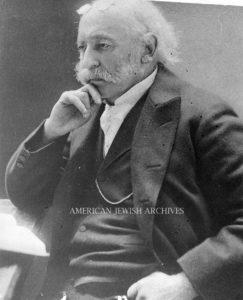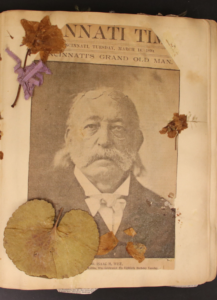The Lifetime of Rabbi Isaac Mayer Wise
Revered as “the foremost rabbi in America,” Isaac Mayer Wise (1819-1900) was born in the Austrian Empire, the son of a schoolteacher. He received his early Jewish education from both his father and grandfather before moving to Prague to pursue additional secular studies. He served as a rabbi in Radintz, Bohemia, before immigrating to the United States in 1846.
Wise was appointed the rabbi of Congregation Beth-El in Albany, New York, where he fought for reforms that placed his congregation as the first in its time to count women in the minyan, allow families to sit together in the pews, open confirmation to young girls, and initiate a mixed-sex choir. He even eliminated the Bar Mitzvah service, seeing it as meaningless for boys who could not yet understand the depth of their Jewish studies.
Some of Wise’s more radical religious notions – his disbelief in the coming of the Messiah, for example – partnered with his gendered reforms, led to a vocal dispute in his congregation on Rosh Hashanah; so vocal that the police were called.
Wise’s supporters following this debacle helped found a new congregation, Anshe Emeth, where Wise remained until 1854. During this time, he authored the book, History of the Israelitish Nation. Unsuccessful in finding a publisher for the book, he self-published. Wise also wrote and advocated for the use of a new prayer book in the U.S., titled Minhag America. In 1853, Wise relocated to Cincinnati, Ohio at the Lodge Street Synagogue on the condition they promised a lifetime appointment. He remained there for the latter forty-six years of his life.
On July 15, 1854, Wise published the first edition of his weekly newspaper, The Israelite, which would later become called The American Israelite. The paper still remains in publication today and is the oldest English Jewish weekly in the United States. At its inception, Wise wrote adamantly about founding a Jewish seminary in Cincinnati; ultimately successful, in 1875 the Hebrew Union College opened its doors.
Posthumously: On December 12th, 1944 the Liberty Ship named Isaac Mayer Wise was launched from Jacksonville, Florida. In the United States, 2,710 Liberty Ships were built to carry cargo during World War II. This particular ship was dedicated to Isaac Mayer Wise and launched at the yards of the St. John’s Shipbuilding Corporation. Wise’s son, Rabbi Jonah B. Wise stated at the time: “Isaac M. Wise sought not only liberty for himself in this land, but he helped to create liberty and freedom for the Jews from their European shackles. It is fitting and proper, therefore, that the liberties he helped create should be carried back from these shores to Europe, as they will be by this good ship and its gallant crew.”
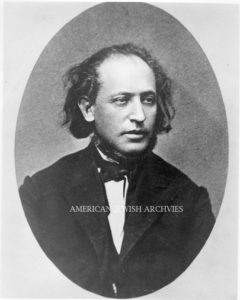
Black and white photograph of Isaac Mayer Wise, undated. PC-5004. American Jewish Archives, Cincinnati, Ohio.
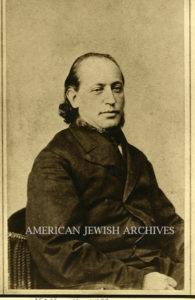
Photograph of Isaac Mayer Wise, undated. PC-5004, Folder 1, Box 8. American Jewish Archives, Cincinnati, Ohio.
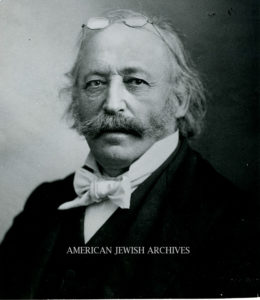
Black and white photograph of Isaac M. Wise, President, Hebrew Union College 1875-1900. PC-5002, Folder 2, Box 3. American Jewish Archives, Cincinnati, Ohio.

